Lord of the rings, Amit Kumat's Rs 850cr Prataap Snacks of Indore eyes gold in the snack market
The business of snacking will be worth Rs 35,000 crore in India by 2020, according to research firm Euromonitor, and Amit Kumat wants at least 10 percent of that market.
Phraneesh Betkal (name changed), a Delhi-based brand advisor, is a doting father of six-year-old twins. Although he doesn’t approve of too much TV viewing by his children, he lets them watch Nickelodeon and other cartoon channels on weekends. He also takes them to the departmental store in his neighbourhood for the weekly grocery shopping that invariably begins with their favourite salty snack rings. "They buy these snacks for the toys inside them and I end up snacking on them as well. They are no doubt tasty," says Phraneesh.
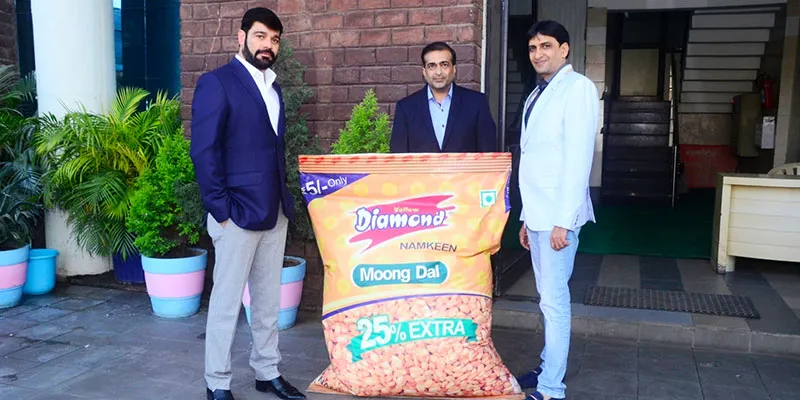
It’s the Yellow Diamond salty snack rings that these kids are always after. The brand belongs to the Indore-based snack foods major Prataap Snacks, one of the leading players in the segment today.
Founded in 2003 by brothers Amit Kumat and Apoorva Kumat along with their friend Arvind Mehta, Prataap Snacks is today a Rs 850-crore company with four factories across the country and a distribution network made up of 168 super stockists across 24 states and one Union Territory and 2,900 distributors.
From failure to success
But Prataap Snacks owes its origin more to Amit Kumat, its managing director. After working for a decade in a snacks company, Amit decided in 2001 to enter the chemicals manufacturing business. In less than a year of starting the business, he piled up a debt of Rs 6 crore and had to shut down the venture. He not only lost all his savings but also the respect of fellow businessmen in the Indore region. The only redeeming feature was that he paid off all his creditors.
But not someone to give up easily, in early 2002, Amit approached Apoorva and Arvind with the idea to market snacks in the Indore region. The trio started out by marketing cheese balls after convincing their family to invest Rs 15 lakh and promising to return the money if the venture did not work.
"I knew I wanted to remain an entrepreneur and was interested in the snacks market since I was familiar with all the big brands. I realised that their reach in cities like Indore was not large and that was the genesis of the idea," says Amit.
The three founders went to a local food processing and manufacturing plant and placed an order for 20,000 boxes of ring snacks.
"During the initial days, we outsourced the production to local contract manufacturers so that we could concentrate on building a strong distribution network as we had limited equipment or space for manufacturing," says Amit.
In the first year, the company made Rs 22 lakh, in the second Rs 1 crore, and in the third year, it touched Rs 7 crore. Their business was ready to soar.
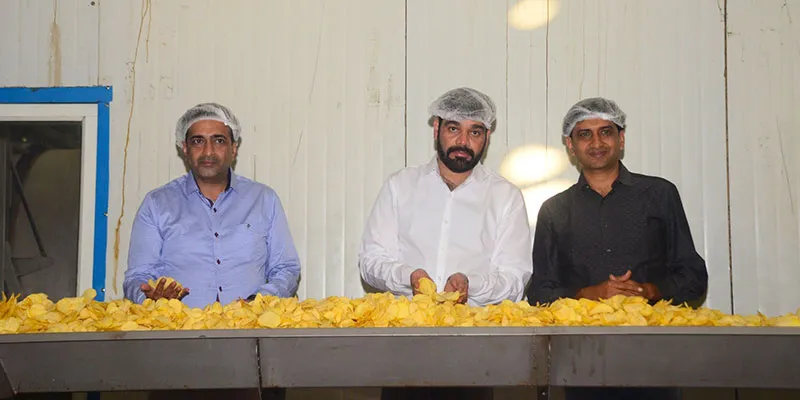
The early setback in his entrepreneurial journey seems to have made Amit the man he is today. He exudes positivity, keeps cheerful all the time and has a deep interest in meditation and philosophy. Every morning, he spends 90 minutes meditating. At the same time, he is clued into all aspects of his business, from knowing his top 30 distributors by name to tracking the performance of his brands. "It calms me through the day and I remain focused on what I do," says Amit of his daily meditation.
Going after growth
By 2006, Prataap Snacks expanded its business into Mumbai. Amit recalls that when they first approached a distributor in Mumbai, he was very insistent about the brand’s authenticity, and agreed to pick up 50 boxes saying he would work with Prataap Snacks only if the packets sold off within the first month. Call it a stroke of luck or market acceptance, all the boxes did get sold out. Today, the same distributor accounts for 10 percent of Prataap Snacks’ revenues or Rs 70 crore.
The period between 2006 and 2010 also saw the emergence of brands in the segment such as Haldiram’s and Balaji Wafers, two of the well-known names today. While New Delhi-headquartered Haldiram’s has grown into a Rs 4,000-crore food and snacks major, the Rajkot-headquartered Balaji Wafers boasts revenues of Rs 1,500 crore.
"In the value chain of manufacturing it is always great to create brands and India still has a long way to go to build domestic brands," says Harminder Sahni, CEO of Wazir Advisors, a retail consulting firm.
According to Amit, the company has been careful to expand into one region at a time instead of targeting the entire country at the same time. "As a businessperson, I would tell people entering the business of food brands that it is better to test a market out before going national," he says.
By 2011, the company had created the Yellow Diamond brand, had a manufacturing plant of its own as well as a strong supply chain. Its revenues were Rs 150 crore.
The company was chased by all the private equity players and Amit had to say ‘no’ to everybody. His logic is that it is better to take money when you feel secure about your company's future. "This way you can expand on your terms," says Amit.
But 2011 was also when Prataap Snacks wanted to change gears. As luck would have it, Sequoia Capital called up Amit one morning and promised him and his co-founders not just money, but also a management structure that could make the company globally competitive. Sequoia Capital put in $30 million as well as a team with rich experience in retail. Result: the brand grew five-fold in under six years.
Rare successes in FMCG
The Indian growth story has seen very few brands break out in the FMCG sector. One such entity is Patanjali Group of Baba Ramdev.
"In a very short span of time, on the back of a three-pronged strategy, the group has gained a significant market share in India," says Devangshu Dutta, CEO of Third Eyesight, a retail consulting firm.
According to Devangshu, first, the enormous brand awareness enjoyed by Patanjali can be attributed to the very high visibility of Baba Ramdev across a variety of media and issues. Second, the company has been able to achieve a wider and deeper market penetration through a large network of outlets and distributors across the country. Finally, the pricing is below the benchmark competitor in each product area in which it is competing.
There is a place and time for Indian brands to grow and Prataap Snacks seems to be in a sweet spot. According to Amit, it will soon go for a public listing on the Indian bourses as part of its plan to be a large snacks business.
Even Kishore Biyani, Chairman of the Rs 18,000-crore Future Group, is betting his next Rs 10,000 crore to come from the foods business. He has two large food parks that are going to serve his 600-odd food retail stores across the country and will also supply food products to other retailers.
In the snacks market, the dominant player is the international brand Frito-Lay, a wholly owned subsidiary of PepsiCo, which has 49 percent of the Indian market.
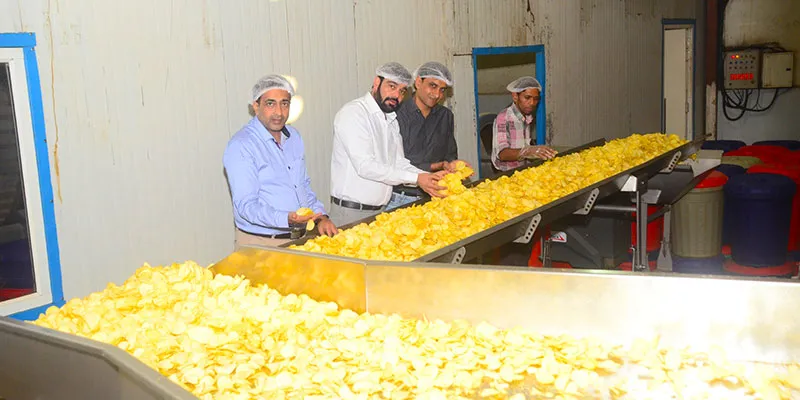
Although Prataap Snacks has only four percent of the Indian snacks market, it is one of the largest brands in the Rs 20,000-crore snacks market. The company has turned down offers from a number of multinational companies to purchase their facilities. The vision of the founders is to take the company beyond the $500-million mark in under a decade. It is going to do this with the four categories of snacks: rings, namkeens, extruded snacks, and chips.
Sliced and diced
The company has been gaining market share in the snack food market over the years. From 2010 to 2015, their market share increased from one percent to four percent (Source: FS Report) and the revenue from the sale of their rings product grew at a compound annual growth rate (CAGR) of 154.73 percent from fiscal 2012 to fiscal 2015. The company was a market leader in rings in 2015. (Source: FS Report).
Prataap Snacks also deals in extruded snacks. In 2015, the organised extruded snacks market in India was estimated at Rs 6,346 crore. From fiscal 2014 to fiscal 2016, the revenues generated by extruded snacks increased at a CAGR of 46.25 percent from Rs 233 crore to Rs 498 crore. In fiscal 2014, fiscal 2015 and fiscal 2016, the snack Chulbule represented 20.58 percent, 19.07 percent and 14.89 percent, respectively, of the company’s revenue for the respective periods.
From fiscal 2014 to fiscal 2016, revenues generated by Chulbule increased at a CAGR of 10.88 percent from Rs 91 crore to Rs 113 crore. In fiscal 2014, fiscal 2015 and fiscal 2016, rings represented 25.77 percent, 31.81 percent and 46.36 percent, respectively, of the revenue from operations. From fiscal year 2014 to fiscal 2016, revenues generated by rings increased at a CAGR of 74.78 percent from Rs 115 crore to Rs 351 crore.
That's not all. The company is present in chips too. In 2015, the organised chips market in India was estimated at Rs 6,201 crore. In fiscal 2014, fiscal 2015 and fiscal 2016, potato chips represented 37.46 percent, 30.41 percent and 22.33 percent, of Prataap's revenue from operations.
Then, there is namkeen too. In 2015, the organised namkeen market in India was estimated at Rs 6,811 crore. Namkeen represented 10.50 percent, 10.82 percent, and 10.31 percent of Prataap Snacks’ revenue from operations in fiscal 2014, fiscal 2015 and fiscal 2016, respectively. Between fiscal 2014 and fiscal 2016, revenues generated by namkeen increased at a CAGR of 29.16 percent from Rs 46.8 crore to Rs 79 crore.
It has been a steady ride so far for Prataap Snacks and by all accounts a spectacular one. It has taken 13 years for it to get where it is today. From here on to $500 million it is going to be a steep climb that will test the speed, stamina, and acumen of the founders. Amit has given proof of his doughtiness in the past and there is no reason to believe he would not stand up to the challenges of the future.






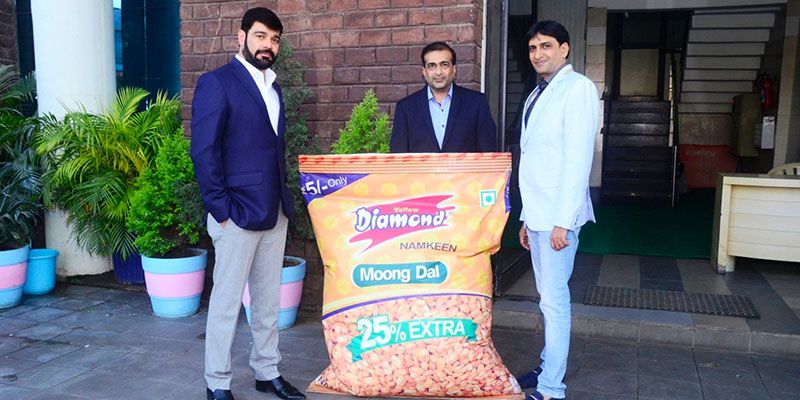
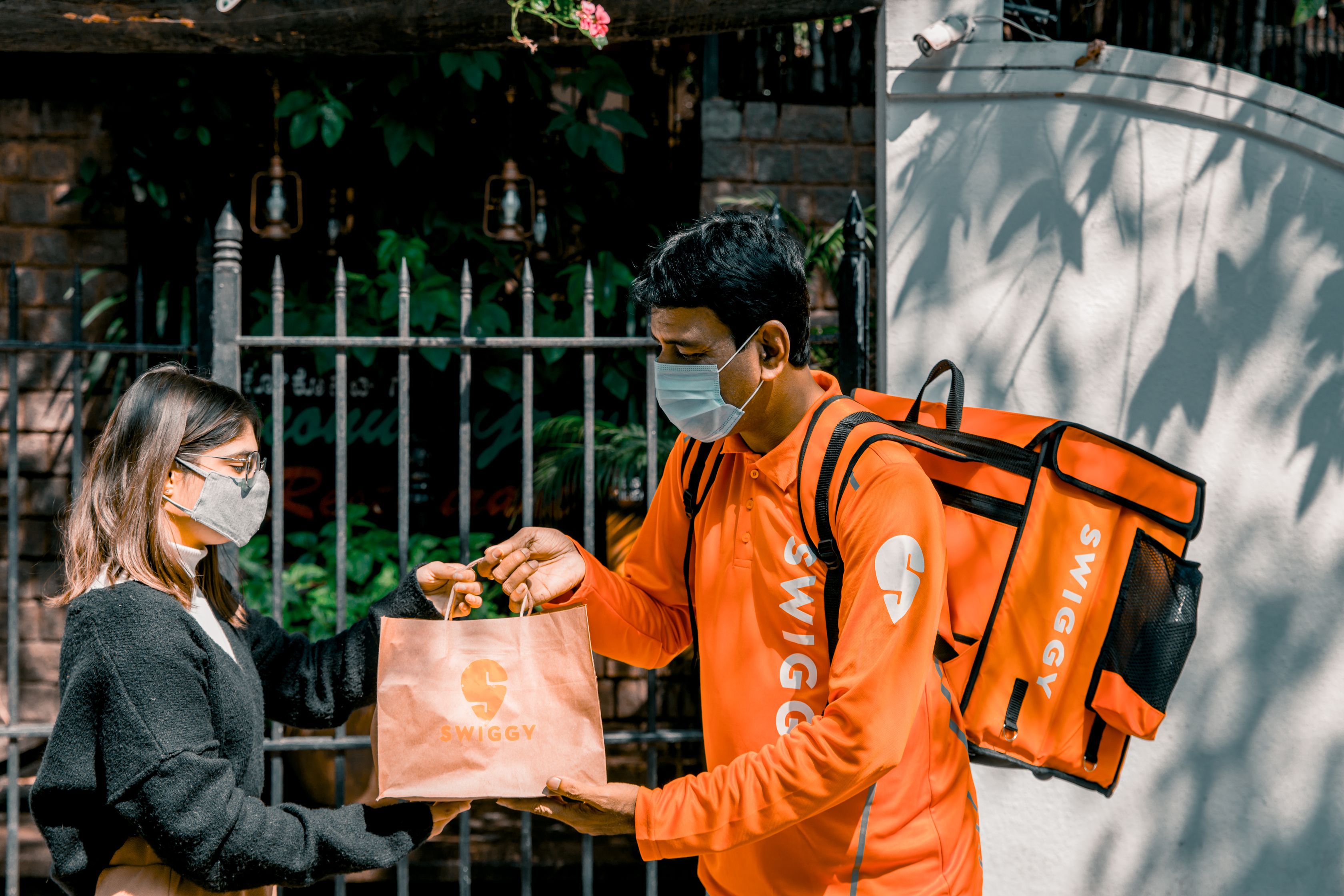



![[Exclusive] Vauld to seek 3-month moratorium extension as creditors panel explores bailout options](https://images.yourstory.com/cs/2/a09f22505c6411ea9c48a10bad99c62f/VauldStoryCover-01-1667408888809.jpg)